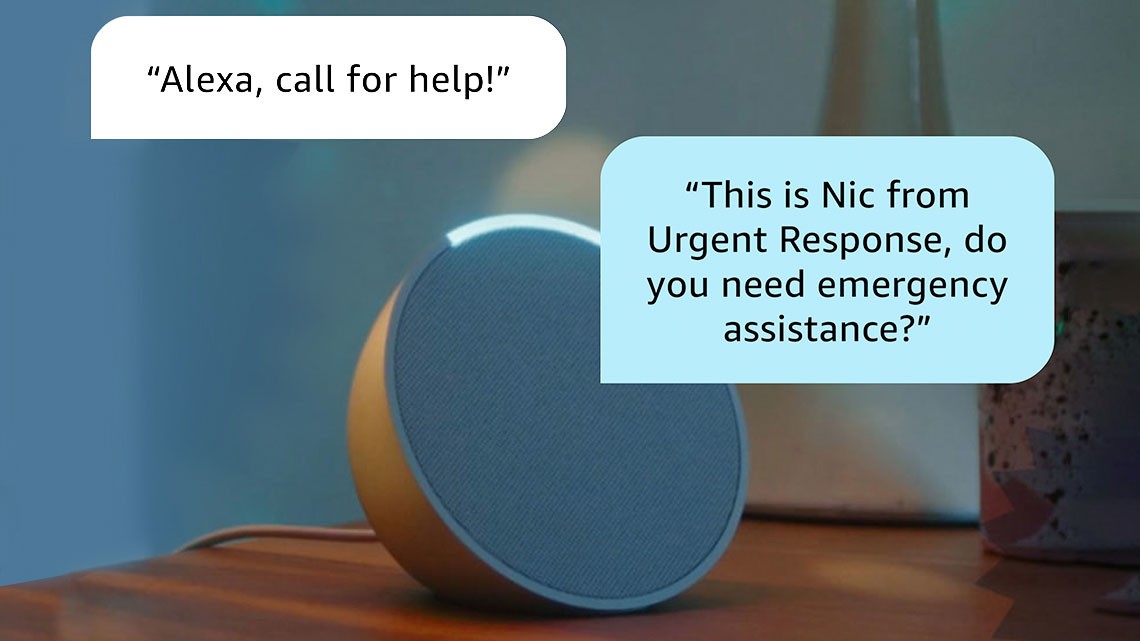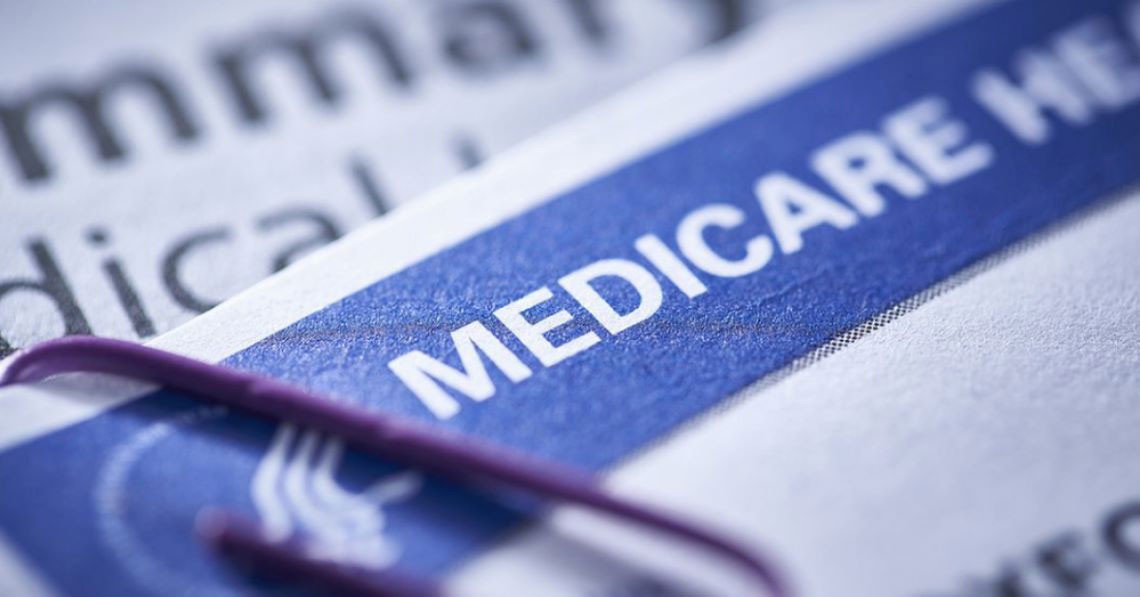Staying Fit


AARP Membership— $12 for your first year when you sign up for Automatic Renewal
Get instant access to members-only products and hundreds of discounts, a free second membership, and a subscription to AARP the Magazine.
The answer depends on what your Medicare plan considers home safety equipment and durable medical equipment.
Original Medicare typically won’t pay for home safety equipment or modifications. Medicare Part B covers only durable medical equipment that’s considered medically necessary and prescribed by a doctor.
Some Medicare Advantage plans cover certain home safety equipment and, for people with chronic conditions, structural modifications. But each of the plans vary.
What home safety equipment won’t Medicare pay for?
Original Medicare doesn’t pay for equipment that it considers to be for comfort or convenience and and isn't primarily for medical reasons, such as bathtub seats, grab bars, nonslip flooring, posture chairs and raised toilet seats.
Medicare also doesn’t pay for air conditioners, dehumidifiers, electric air cleaners, humidifiers and room heaters. Nor does it cover home modifications such as adding ramps for wheelchair access.
What durable medical equipment does Part B cover?
Medicare Part B covers some related items as durable medical equipment but only under certain circumstances. Part B may cover specific types of hospital beds, patient lifts and trapeze bars to help you move around if you’re confined to bed.
Your doctor or other provider must consider the equipment medically necessary and prescribe it for use in your home.
When Part B covers this equipment, it’s subject to the Part B deductible and coinsurance, which means you’ll probably pay 20 percent of the cost. A Medicare supplement policy, known as Medigap, or retiree coverage can help with coinsurance costs.
Research any equipment you’re considering at medicare.gov to check its eligibility as durable medical equipment. The supplier has to be enrolled in Medicare to qualify.
What safety equipment will Medicare Advantage cover?
Medicare Advantage plans must cover the same medically necessary items and services as original Medicare, including durable medical equipment. Some Medicare Advantage plans provide additional coverage.
For example, 10 percent of regular Advantage plans and 14 percent of special needs plans cover bathroom safety devices, according to the Kaiser Family Foundation.
Even fewer of these plans cover structural home modifications for people with chronic conditions. In 2022, 0.6 percent of regular Medicare Advantage plans and 1.2 percent of special needs plans covered these modifications.
Some plans may include an allowance of up to $500 a year to spend on assistive and safety devices such as handrails, shower stools and temporary wheelchair ramps. The plans often distribute allowances through flex cards, which are prepaid debit cards.

































































More on health
10 Things Medicare Doesn’t Cover
You’ll need to plan ahead to pay for some common medical expenses
Tax Tips for Caregivers
Caring for a loved one could make you eligible for deductions and tax creditsProviding Care for Aging Adults at Home
Address safety issues to allow for independence as long as possible